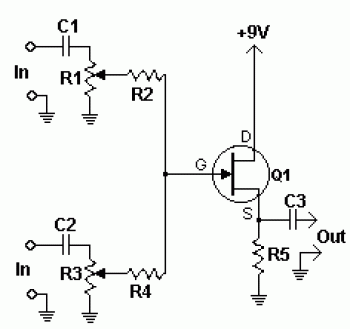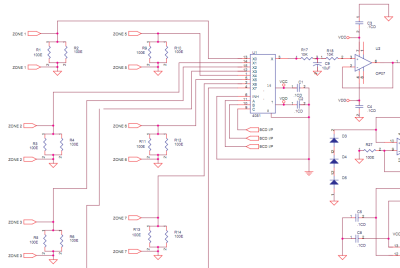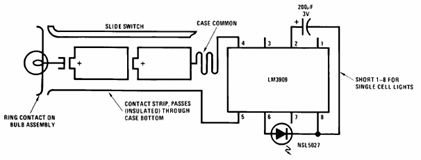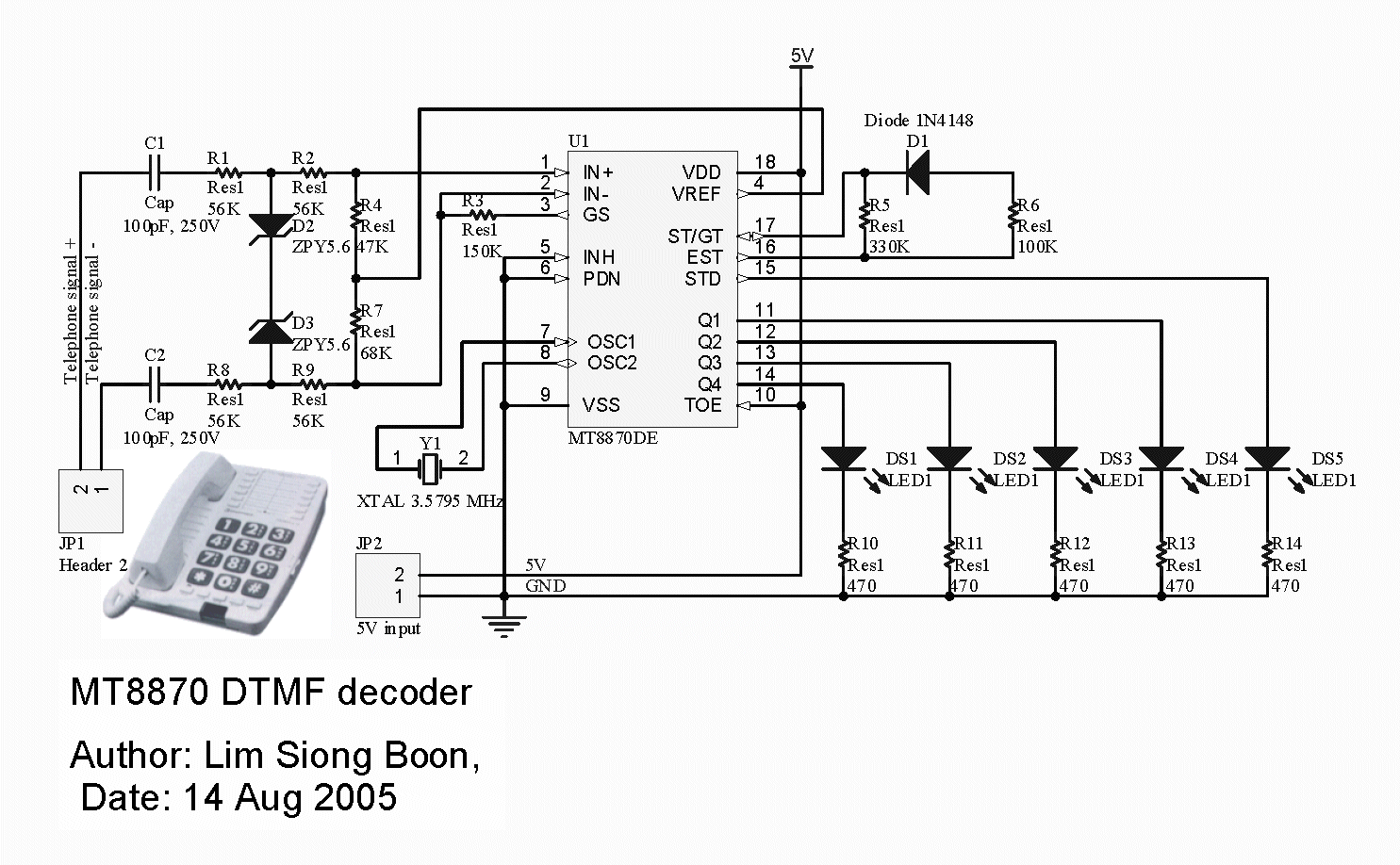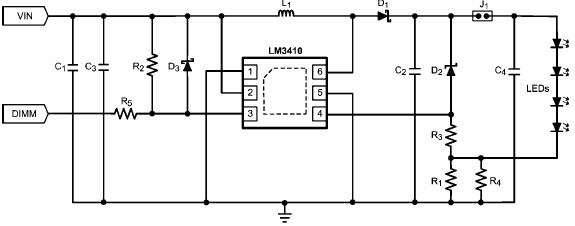
Home Automation Using GSM WithCircuit

The objective of the project is to create a system that utilizes mobile technology to manage various home appliances based on signals sent from a mobile device. This innovative concept allows for the remote control of appliances through GSM technology, enabling users to operate devices from a distance. By simply dialing the keypad of a remote telephone, users can perform ON/OFF operations for different appliances. The range of appliances that can be controlled via this tele remote system is extensive, including lights, music systems, and other electrical or electronic devices, depending on the user's priority for appliance usage.
The proposed system leverages GSM (Global System for Mobile Communications) technology to facilitate communication between a mobile device and a microcontroller-based control unit. The core of the system consists of a microcontroller (such as an Arduino or PIC), which is interfaced with a GSM module (like the SIM800 or SIM900). This module receives commands sent via SMS or phone call from the user's mobile device.
Upon receiving a signal, the microcontroller processes the command and activates a relay module corresponding to the specific appliance intended for control. The relay module acts as a switch that can turn the appliance ON or OFF based on the microcontroller's output. The design incorporates multiple relays, allowing for the control of several appliances simultaneously.
The system includes an optional user interface that can be developed as a mobile application or a simple SMS format, where users can send predefined commands to control appliances. The GSM module's capability to handle multiple SMS messages ensures that the system can manage multiple appliances without conflict.
Safety features such as overload protection can be integrated into the circuit design to prevent damage to appliances and ensure user safety. Additionally, feedback mechanisms such as status indicators (LEDs) can be implemented to provide real-time information about the state of each appliance.
This system's scalability allows for future enhancements, such as the integration of sensors for automation and smart home capabilities, enabling users to create schedules or automate operations based on environmental conditions. Overall, the project aims to provide a user-friendly, efficient, and versatile solution for remote home appliance management.The goal of the project is to develop a system, which uses Mobile technology that keeps control of the various units of the home appliances, which executes with respect to the signal sent by the mobile. For utilization of appliances the new concept has been thought to manage them remotely by using GSM, which enables the user to remotely control
switching of domestic appliances. Just by dialing keypad of remote telephone, from where we are calling we can perform ON / OFF operation of the appliances. The ranges of appliances that can be controlled through tele remote systems are many in numbers. Some of them are as follows and this depends upon the usage priority of the appliances i. e. Lights, Music System or other electrical / electronic appliances. 🔗 External reference
The proposed system leverages GSM (Global System for Mobile Communications) technology to facilitate communication between a mobile device and a microcontroller-based control unit. The core of the system consists of a microcontroller (such as an Arduino or PIC), which is interfaced with a GSM module (like the SIM800 or SIM900). This module receives commands sent via SMS or phone call from the user's mobile device.
Upon receiving a signal, the microcontroller processes the command and activates a relay module corresponding to the specific appliance intended for control. The relay module acts as a switch that can turn the appliance ON or OFF based on the microcontroller's output. The design incorporates multiple relays, allowing for the control of several appliances simultaneously.
The system includes an optional user interface that can be developed as a mobile application or a simple SMS format, where users can send predefined commands to control appliances. The GSM module's capability to handle multiple SMS messages ensures that the system can manage multiple appliances without conflict.
Safety features such as overload protection can be integrated into the circuit design to prevent damage to appliances and ensure user safety. Additionally, feedback mechanisms such as status indicators (LEDs) can be implemented to provide real-time information about the state of each appliance.
This system's scalability allows for future enhancements, such as the integration of sensors for automation and smart home capabilities, enabling users to create schedules or automate operations based on environmental conditions. Overall, the project aims to provide a user-friendly, efficient, and versatile solution for remote home appliance management.The goal of the project is to develop a system, which uses Mobile technology that keeps control of the various units of the home appliances, which executes with respect to the signal sent by the mobile. For utilization of appliances the new concept has been thought to manage them remotely by using GSM, which enables the user to remotely control
switching of domestic appliances. Just by dialing keypad of remote telephone, from where we are calling we can perform ON / OFF operation of the appliances. The ranges of appliances that can be controlled through tele remote systems are many in numbers. Some of them are as follows and this depends upon the usage priority of the appliances i. e. Lights, Music System or other electrical / electronic appliances. 🔗 External reference
